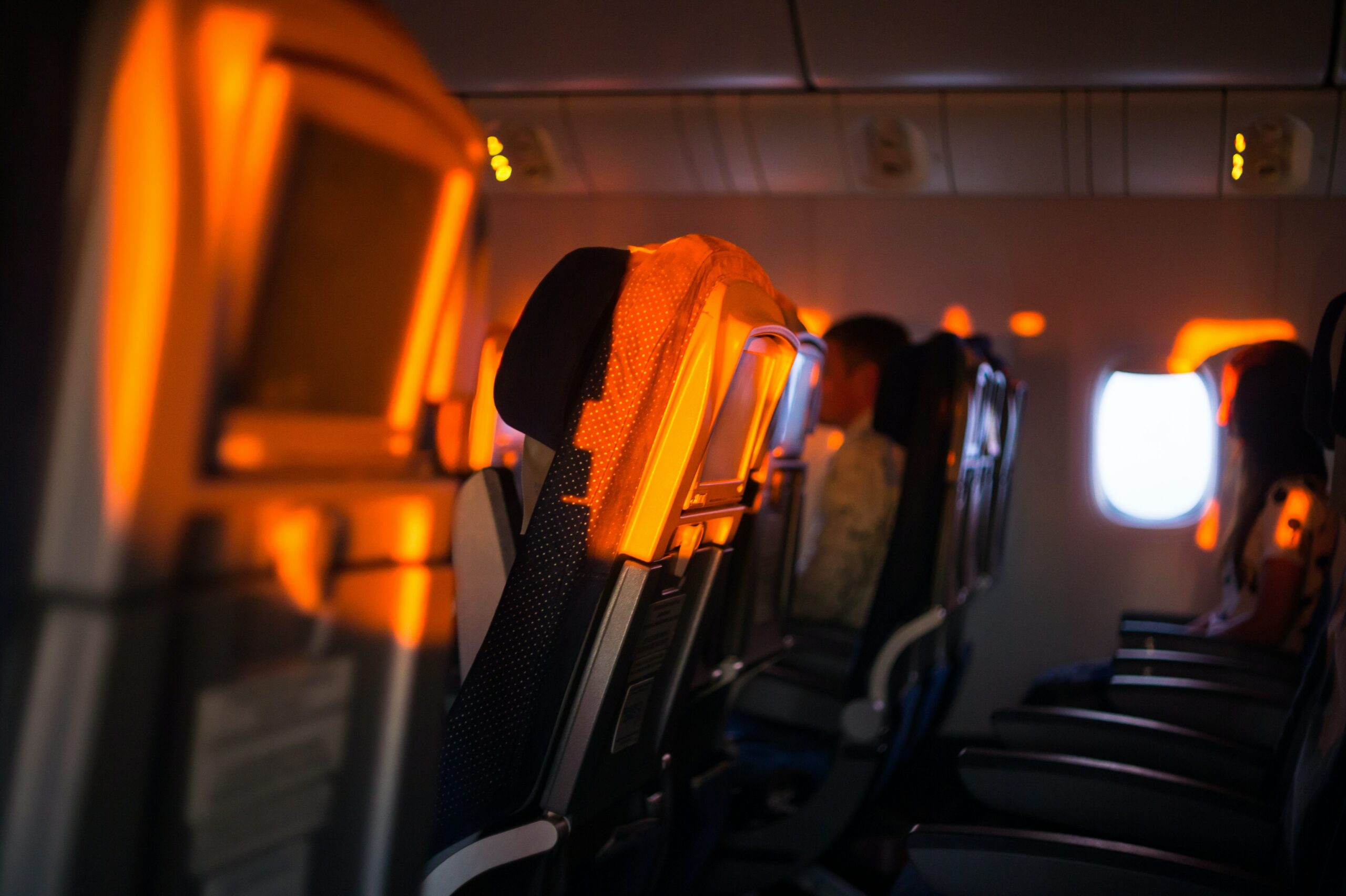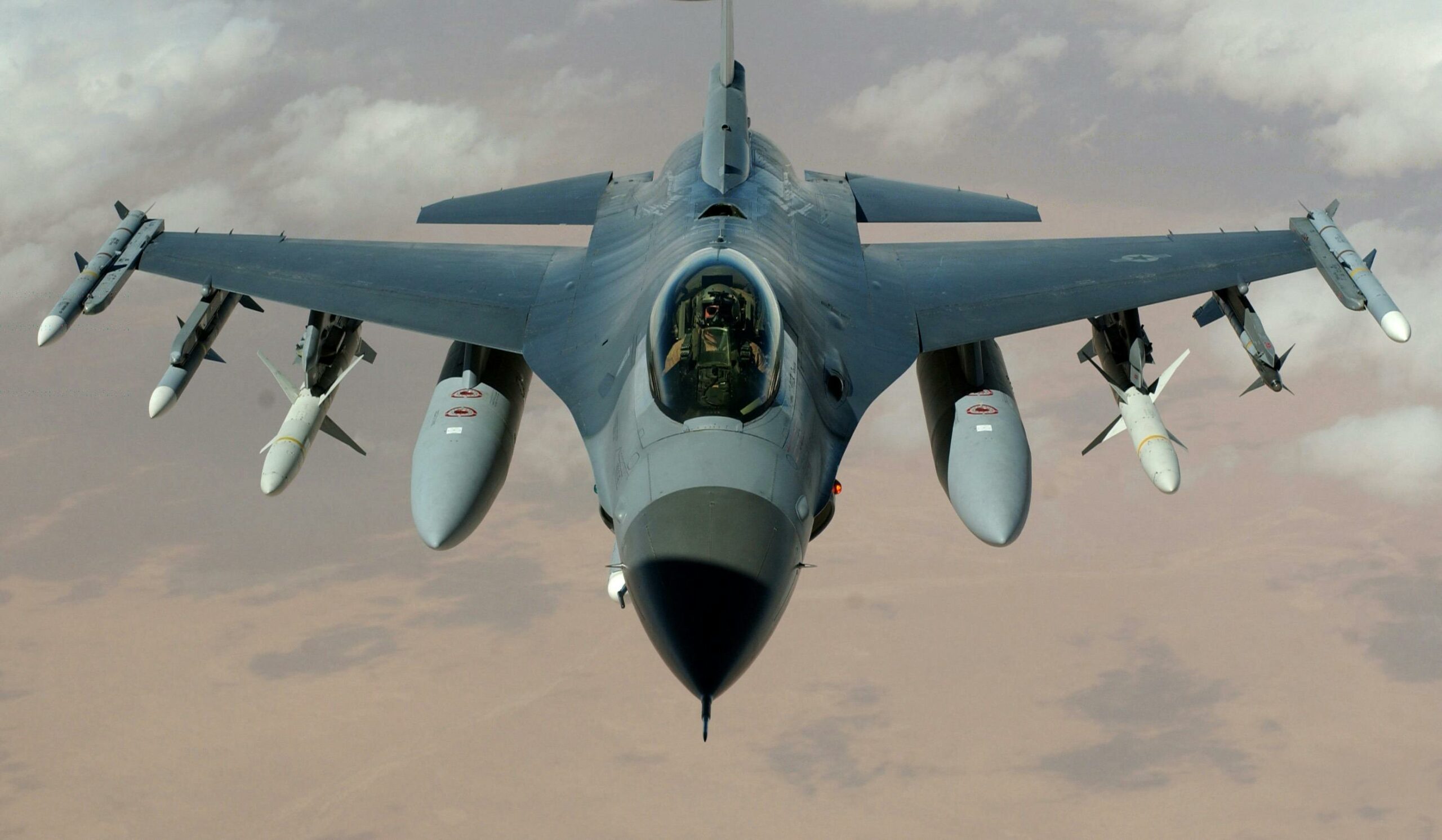The World's Longest Non-Stop Flights: Top 10 Routes and Airlines

As air travel technology has advanced, airlines have been able to push the limits of what is possible with non-stop flights. Today, some of the world’s longest flights connect cities that are thousands of miles apart, covering distances that were once thought impossible. From the United States to Australia, and from Europe to South America, these flights are a testament to the incredible engineering and technological feats that have made air travel what it is today.
In this article, we will take a closer look at some of the world’s longest non-stop flights, exploring the routes, aircraft, and amenities that make these journeys possible. Whether you’re a seasoned traveler or simply curious about the world of aviation, this article will provide an in-depth look at some of the most impressive feats of engineering and technology in the world of commercial flight.
Understanding Non-Stop Flights
Non-stop flights refer to the type of flights that take off from one airport and land at another without any stops in between. These flights are also known as direct flights, but they are different from connecting flights. In connecting flights, passengers have to change planes at one or more airports before reaching their destination.
Non-stop flights are becoming increasingly popular among travelers who want to save time and avoid the hassle of changing planes. They are also preferred by business travelers who need to reach their destination quickly and efficiently.
One of the main advantages of non-stop flights is that they reduce the total travel time. For example, a non-stop flight from New York to Los Angeles takes about 6 hours, while a connecting flight takes about 8 hours or more. This is because connecting flights not only increase the flight time but also involve layovers, which can be time-consuming.
Another advantage of non-stop flights is that they are more convenient for passengers. They do not have to worry about missing their connecting flights or dealing with the stress of rushing from one gate to another. Non-stop flights also reduce the risk of losing luggage during transfers.
However, non-stop flights may not always be available for all destinations. Some routes may require connecting flights due to distance or other factors. Additionally, non-stop flights may be more expensive than connecting flights. It is important for passengers to compare prices and flight times before making a decision.
Overall, non-stop flights are a convenient and time-saving option for travelers who want to reach their destination quickly and efficiently.
Top 10 Longest Non-Stop Flights
For those who love to travel, long-haul flights can be both exciting and daunting. With the advancement in aviation technology, airlines are now able to offer non-stop flights that cover great distances, making it easier for travelers to reach their destinations without having to make multiple stops. Here are the top 10 longest non-stop flights in the world:
-
- Singapore Airlines – Singapore to Newark (9,534 miles)
- Qantas – Perth to London Heathrow (9,010 miles)
- Emirates – Auckland to Dubai (8,824 miles)
- Air India – San Francisco to Delhi (8,701 miles)
- United Airlines – Houston to Sydney (8,596 miles)
- Philippine Airlines – New York JFK to Manila (8,520 miles)
- Air New Zealand – Auckland to New York Newark (8,446 miles)
- Qantas – Sydney to Dallas/Fort Worth (8,578 miles)
- Qatar Airways – Auckland to Doha (8,306 miles)
- Qantas – Melbourne to Los Angeles (7,920 miles)
Singapore Airlines currently holds the record for the world’s longest non-stop flight, covering a distance of 9,534 miles between Singapore and Newark. The airline operates this flight using the Airbus A350-900ULR, which is specially designed for ultra-long-haul flights.

Qantas also offers two of the top 10 longest non-stop flights, with its Perth to London Heathrow and Sydney to Dallas/Fort Worth routes. These flights are operated using the Boeing 787-9 Dreamliner, which is known for its fuel efficiency and passenger comfort.
Emirates operates the third-longest non-stop flight in the world, covering a distance of 8,824 miles between Auckland and Dubai. The airline uses the Airbus A380, which is the world’s largest passenger aircraft, to operate this flight.
Other airlines on the list include Air India, United Airlines, Philippine Airlines, Air New Zealand, and Qatar Airways. All of these airlines operate their longest non-stop flights using modern aircraft that are designed for long-haul travel, ensuring that passengers have a comfortable and enjoyable journey.
Aircrafts Used for Longest Flights
When it comes to non-stop flights, the aircraft used plays a crucial role in determining the distance and duration of the flight. The following aircraft have been used for some of the world’s longest non-stop flights:
Airbus A350
The Airbus A350 is a popular choice for long-haul flights due to its fuel efficiency and passenger comfort. It is available in three variants – the A350-900, A350-900ULR, and A350-1000. The A350-900ULR is specifically designed for ultra-long-haul flights and is capable of flying up to 9,700 nautical miles.
Boeing 777
The Boeing 777 is a twin-engine aircraft that has been in service since 1995. It is available in several variants, including the 777-200LR. This variant has a range of up to 8,555 nautical miles and has been used for some of the world’s longest flights.
Boeing 787
The Boeing 787 is a more recent addition to the aviation industry and is known for its fuel efficiency and passenger comfort. It is available in two variants – the 787-8 and 787-9. The 787-9 has a range of up to 7,635 nautical miles and has been used for some of the world’s longest non-stop flights.
Overall, the Airbus A350, Boeing 777, and Boeing 787 are the most commonly used aircraft for long-haul flights. Their fuel efficiency and passenger comfort make them ideal for ultra-long-haul flights, and they have been used for some of the world’s longest non-stop flights.
Impact of the Pandemic on Non-Stop Flights
The COVID-19 pandemic had a significant impact on the aviation industry, including non-stop flights. The pandemic resulted in a decrease in demand for air travel, leading to a reduction in the number of non-stop flights offered by airlines.
Several airlines suspended their non-stop flights to different destinations due to travel restrictions imposed by governments to contain the spread of the virus. This led to a significant reduction in the number of non-stop flights offered.
The pandemic also resulted in a decrease in the number of passengers traveling on non-stop flights. This was due to various reasons, including fear of contracting the virus, travel restrictions, and quarantine requirements. As a result, several airlines struggled to fill their non-stop flights, leading to a decrease in the number of flights offered.
Furthermore, the pandemic resulted in a change in the type of non-stop flights offered by airlines. Airlines shifted their focus to cargo flights to meet the increased demand for essential goods. This led to a decrease in the number of passenger non-stop flights offered by airlines.
In conclusion, the COVID-19 pandemic had a significant impact on non-stop flights. The reduction in demand for air travel, travel restrictions, and quarantine requirements led to a decrease in the number of non-stop flights offered by airlines. However, as the world recovers from the pandemic, it is expected that the number of non-stop flights offered will increase.
The Future of Non-Stop Flights
As technology continues to advance, the future of non-stop flights looks promising. One of the most talked-about projects in this area is Project Sunrise, which aims to create non-stop flights from Sydney to London and New York. Qantas Airways is leading this project, and they are currently in the process of testing the feasibility of these ultra-long-haul flights.
In terms of technology, there are several advancements that are making non-stop flights more viable. For instance, new aircraft designs are being developed that are more fuel-efficient and can fly longer distances. Additionally, improvements in in-flight entertainment systems and passenger comfort are making these long flights more bearable for travelers.
Competition is also heating up in the non-stop flight market. Airlines such as Singapore Airlines, United Airlines, and Qatar Airways are all offering ultra-long-haul flights, and more airlines are expected to follow suit in the coming years.
Overall, the future of non-stop flights looks bright. With advancements in technology and increased competition, travelers can expect more options for non-stop flights to their destinations.

